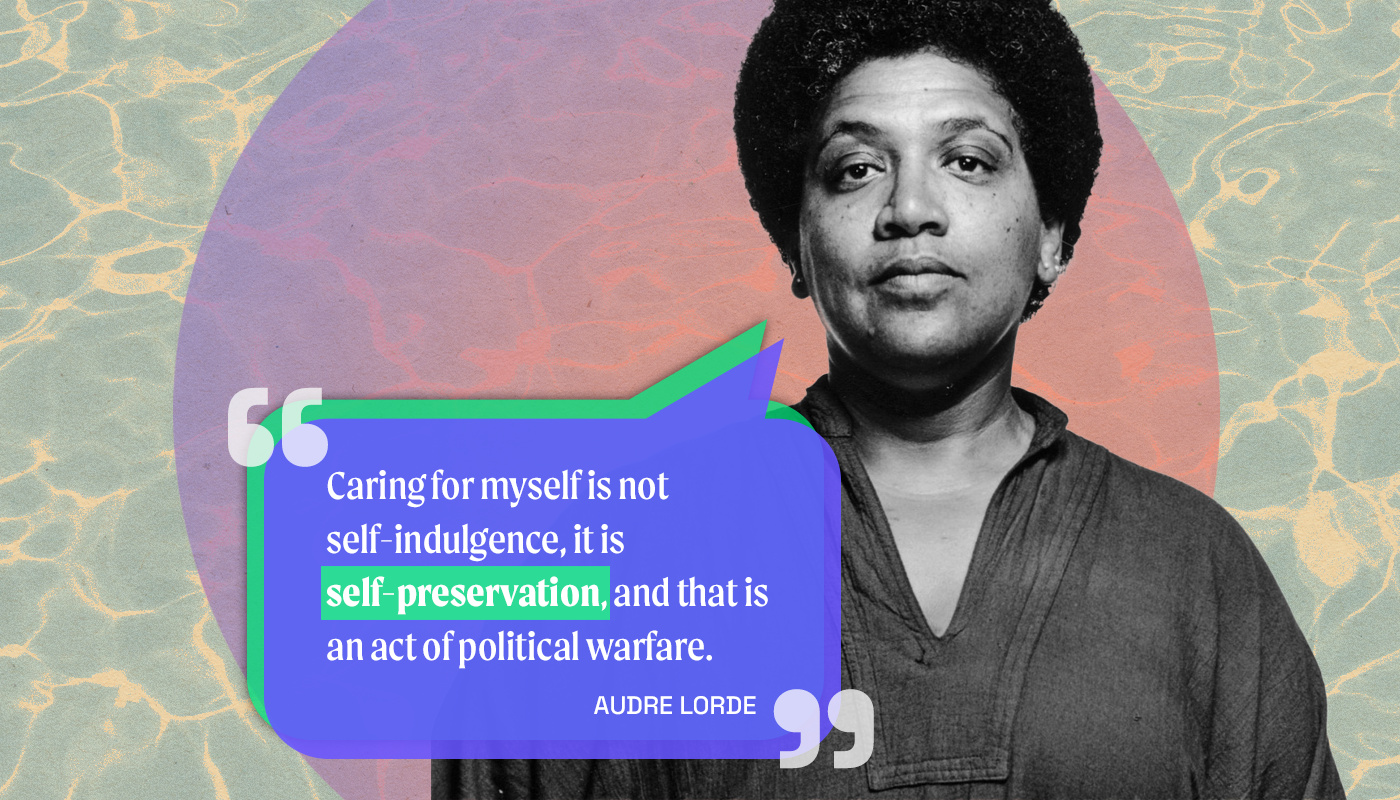Combating stigmas: New study proposes recommendations
Cultivate disability inclusion in the workplace.

Many people with disabilities face a dilemma when navigating the workplace. Vocalizing their disability may be necessary to obtain the much-needed accommodations for them to thrive; however, it also creates the possibility for potential judgment and subsequent consequences.
Barriers to inclusion:
The inclusion of people with disabilities in the workplace is a pressing issue that laws, such as the Americans with Disabilities Act, have attempted to address. Since 1990, the Americans with Disabilities Act has sought to protect employees and job seekers from discrimination towards their disabilities. However, people with disabilities still face many barriers to the workplace.

In 2019, 79% of people with disabilities reported that the disability itself was a barrier to employment.
The unemployment rate for people with disabilities increased from 2019 to 2020, with an unemployment rate of 12.6%. The unemployment rate for people without disabilities was much lower, at 7.9% in 2020. Even though the Americans with Disabilities Act aimed to remove workplace obstacles for people with disabilities, such barriers still exist.
People with disabilities often face stigmatizing attitudes that affect how their colleagues behave and interact with them. In particular, some common perspectives people may have regarding their colleagues with disabilities are that they require more time to learn tasks, require accommodations to do their job, need help from others to get work done on time, call in sick more, and may not get along with others at work. These attitudes can often stigmatize people with disabilities, thereby preventing them from engaging with the workplace and from being able to connect with their coworkers. Research finds that stigmatizing attitudes can lead to dissatisfaction in the workplace and feelings of isolation.
New research suggests…
A new research study surveyed managers’ to understand their attitudes towards people with disabilities. The study looked at 138 human resources managers, department managers, and project managers in the United States’ Midwest region.
Research Participants
Participants averaged 45.34 years in age, were 91% white and 62% male. However, the participants surveyed were employed in a variety of different fields, ranging from health care to manufacturing and finance, making the study more generalizable across sectors.

The study analyzed two key factors: the company’s disability inclusion preparedness and their disability inclusion climate. Disability inclusion preparedness was assessed by understanding how prepared the company was for welcoming people with disabilities in the workplace. For instance, they surveyed diversity training and ADA job accommodations. Disability inclusion climate was defined as how supportive the organizational climate was for employing people with disabilities.
Connecting the dots:
The study found that the disability inclusion climate was closely tied to disability inclusion preparedness. There was an inverse relationship between disability inclusion climate and both disability inclusion preparedness and disability stigma-work relationship.
In other words, being more prepared for disability inclusion in the workplace![]() was linked to less disability stigma.
was linked to less disability stigma.
Overall, the study’s findings suggest that preparing the company for disability inclusion and creating a more inclusive climate for people with disabilities can lessen stigmatizing attitudes and ultimately improve the employment outcomes of people with disabilities.
The study’s findings also suggest that fostering a workplace that is more inclusive of people with disabilities can be tied to reducing the stigma they face. By creating a more welcoming environment through diversity training and ADA accommodations, a company can reduce the negative stigmas that are a source of stress for people with disabilities at work.![]()






